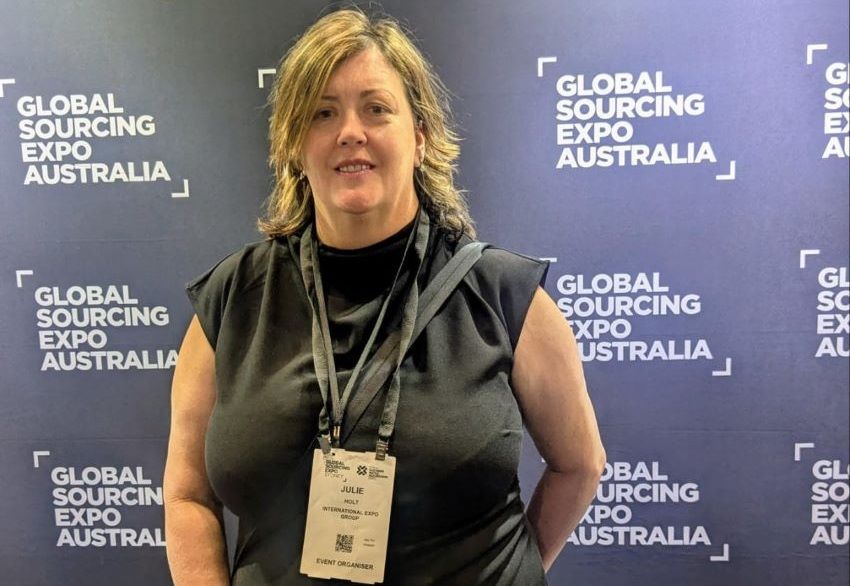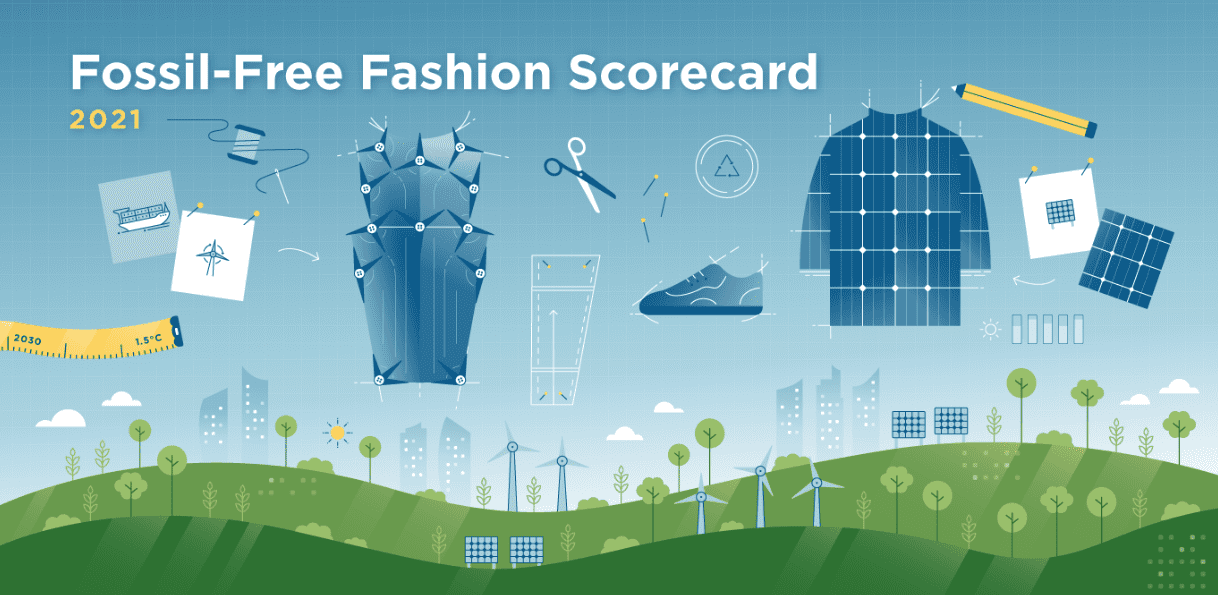
With the successful completion of third edition of Global Sourcing Expo Sydney, Julie Holt, Global Business & Exhibition Director, Global Sourcing Expo, Australia— shares her reflections on buyer trends, city-specific sourcing mindsets, and her vision for how Melbourne 2025 will shape the future of sourcing in the Asia-Pacific.
Q: With the third Sydney edition wrapping, how would you describe your experience of the show? Any standout highlights or surprises?
Julie Holt: The energy at Sydney this year was remarkable. We saw a 22 per cent rise in unique visitor numbers, building on the 26 per cent growth from the 2024 edition—which itself followed our debut in 2023. There was a palpable sense of momentum on the ground. What really stood out was the diversity in our audience—particularly the number of start-ups and new-age brands looking for sustainable, agile partners. The Global Sourcing Seminars were a big draw again, and both exhibitors and buyers expressed strong confidence in the platform.
Q: Was there a noticeable shift in the buyer profile or sourcing preferences this year?
Julie Holt: Absolutely. Buyers are increasingly prioritising suppliers with short lead times, flexible MOQs, and strong sustainability credentials. Apparel buyers in particular were looking for more than just products—they wanted partners with smart, differentiated solutions. There was also growing interest in functional textiles, from moisture-wicking sportswear to temperature-regulating fabrics. AI-driven tools like virtual try-ons and design assistance were another area that caught attention. It’s clear the industry is in transformation mode.
Q: What differences did you observe between buyers in Sydney and Melbourne? Are they driven more by geography or mindset?
Julie Holt: It's more about mindset than geography. Sydney buyers are trend-forward, agile, and digitally focused—think fast fashion, influencer brands, and e-commerce. Melbourne buyers are design-led and relationship-oriented. They value craftsmanship, storytelling, and ethical production. These differences directly influence how we curate each edition. Melbourne leans toward depth and long-term partnerships, while Sydney thrives on speed and experimentation.
Q: Would you say Sydney has now carved out its own identity, or is it still developing as a complementary edition to Melbourne?
Julie Holt: Sydney has absolutely established its own identity. It’s no longer “the new show”—it’s a headline event in its own right. That said, both cities offer unique value. Melbourne is the strategic sourcing hub—broader, deeper, and more legacy-driven. Sydney is fast, fresh, and experimental. Together, they give us year-round relevance and allow exhibitors and buyers to engage with different phases of their sourcing cycles.
Q: With exhibitors from over 15 countries participating, how do you maintain a balanced representation and ensure no single country dominates?
Julie Holt: While China still has a strong presence—thanks in part to the long-standing China Clothing Textiles Accessories Expo—we’ve worked hard to diversify. This year in Sydney, we saw over 30 Indian exhibitors, and we’re expecting over 200 Indian companies at Melbourne 2025. Countries like Vietnam, Nepal, Indonesia, and Bangladesh are stepping up too, each offering unique strengths. We support country pavilions, curate seminar content around their capabilities, and ensure buyers see the comparative value each region brings.
Q: Are you seeing the ‘China +1’ strategy come to life at the expo level? Or are buyers still anchored to traditional supply networks?
Julie Holt: It’s absolutely real—and evolving. It’s no longer just ‘China +1’; it’s becoming ‘China +2 or +3’. Buyers are actively de-risking, building flexibility into their supply chains, and looking for innovation beyond cost. India is leading in sustainable sourcing and artisanal craftsmanship, Vietnam in ready-to-wear and athleisure, and Indonesia in ethical natural fibres. China remains key, but the sourcing model is undeniably becoming more distributed.
Q: Has sustainability become a baseline expectation, or is it still more aspirational for most exhibitors?
Julie Holt: It’s definitely moved from aspirational to expected. Exhibitors are now proudly displaying certifications for WRAP, OEKO-TEX, GOTS, and more right at their stands. Buyers want verifiable proof, not greenwashing. ESG, circularity, and transparency are now fundamental parts of the sourcing conversation, and that will be even more visible at the Melbourne 2025 edition through curated showcases and expanded seminar content.
Q: Have you noticed new buyer verticals emerging—like lifestyle, homeware, or private label?
Julie Holt: Yes, and it’s one of the most exciting shifts. Lifestyle and homewares are gaining serious traction, especially in Melbourne. Private and white label interest is also growing—brands want exclusivity and speed, and they’re looking for suppliers who can co-create. We’re seeing more exhibitors now offering both apparel and lifestyle products, reflecting this holistic sourcing approach. Buyers want partners who can support their entire brand ecosystem.
Q: Do you see Global Sourcing Expo Melbourne evolving beyond a sourcing platform into a hub for innovation and industry dialogue?
Julie Holt: Without a doubt. From day one, our aim has been to go beyond transactional value. Through our Global Sourcing Seminars and country showcases, we’re creating a space for knowledge exchange, collaboration, and strategic thinking. We see both Sydney and Melbourne as platforms for discovery—whether that’s new materials, digital tools, or policy discussions. Sourcing is no longer about just price or product—it’s about partnerships and purpose.
Q: And finally, your bold prediction for Melbourne 2025? How do you see it raising the bar for sourcing in the Asia-Pacific region?
Julie Holt: Melbourne 2025 will position Australia as the Asia-Pacific’s sourcing nerve centre—not just a buyer’s market, but a thought leader in the region. With more than 900 exhibitors expected, expanded representation from countries like Indonesia, Japan, Fiji, and New Zealand, and a focus on women-led enterprises, we’re moving toward a model of inclusive, forward-facing sourcing. This dual-city strategy—Sydney and Melbourne—will cement our role as the Southern Hemisphere’s most influential sourcing platform.













